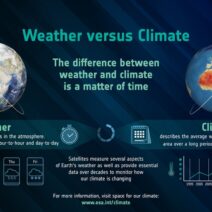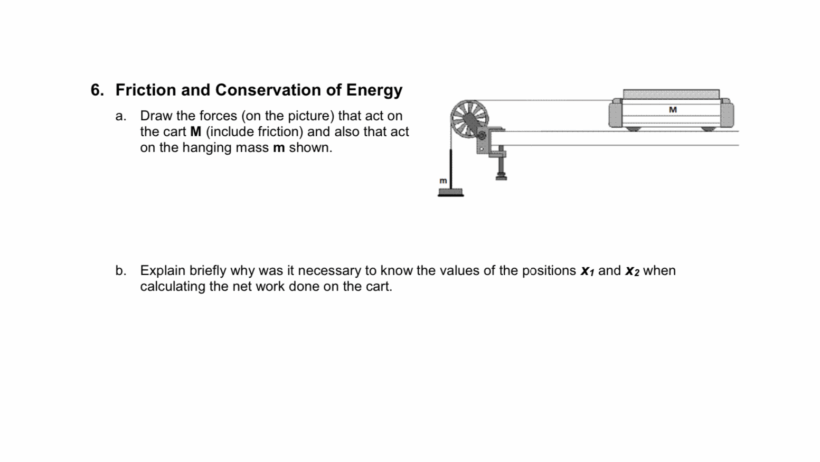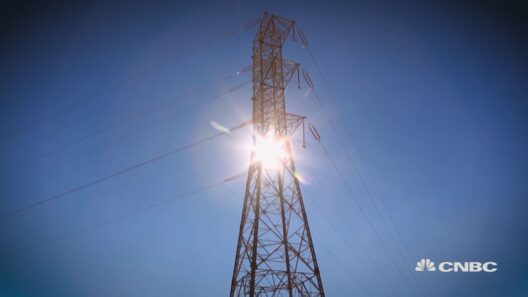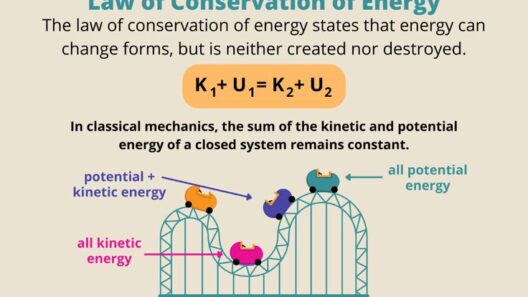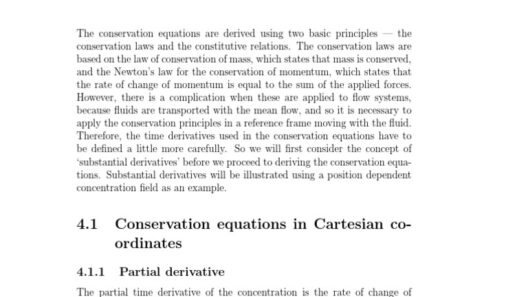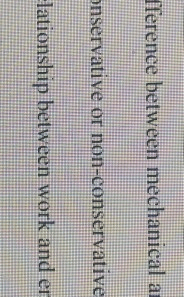When analyzing the interplay between friction and conservation of energy, it is essential to envision a medieval knight donning armor. This armor represents the potential energy—power accumulated, poised for action. However, the armor, while formidable, is weighed down by its very existence. In this analogy, friction acts as the heft of the armor, detracting from the knight’s capacity to gallop into battle with unencumbered vigor.
Conservation of energy, a principle foundational to physics, declares that energy cannot be created or destroyed but merely transformed from one form to another. It is the inevitable waltz of kinetic energy and potential energy, twirling gracefully in a closed system. Yet, when friction—an omnipresent force—enters the dance, the choreography of energy transformation becomes more complex. The elegance of this conservation law dims, as friction introduces a variable that detracts from the net energy available for productive use.
In a frictionless world, the knight’s potential energy would seamlessly convert into kinetic energy, allowing for an unimpeded charge across the battlefield. However, reality is seldom as forgiving. Friction acts as both the foe and the ally, transforming kinetic energy into thermal energy through the process of dissipation. This transformation is often likened to whispers of a once-robust dialogue, muffled by the rustling of leaves in a brisk wind.
To delve deeper into the consequences of friction on conservation of energy, consider a simple system: a block sliding down a frictional surface. The gravitational potential energy (PE) diminishes as the block descends. In a frictionless context, all of this potential energy translates completely into kinetic energy (KE). Yet, what is the reality when friction enters the scenario? The conversion becomes less than perfect.
Imagine the block, initially perched at a height, its potential energy conspicuous. As it begins its descent, friction, akin to an insistent drain on resources, exerts a force opposite to its motion. The once pure kinetic energy is reduced, shrouded in thermal energy that dissipates into the environment.
This frictional loss is quantifiable. The work done against friction can be expressed mathematically, illuminating the degree to which energy is retained versus lost. When friction is accounted for, the critical equation emerges: the initial potential energy minus the work done against friction yields the final kinetic energy of the block. This outcome unveils the harsh reality—energy is not lost in a mystical void but rather transformed into less useful forms.
The implications extend beyond mere blocks sliding down slopes; they echo throughout the spheres of engineering, environmental science, and everyday life. In a world striving for sustainability, understanding the ramifications of friction becomes pivotal. Energy efficiency, characterized by minimized losses due to friction, is not merely a concept but a necessity amidst rising consumption and dwindling resources.
In mechanical systems, friction manifests as a double-edged sword. It is integral for generating traction and enabling movement but introduces unavoidable losses. Engineers, much like skilled craftsmen in an age-old tradition, must reckon with this balance. The interplay between friction and energy conservation is an intricate tapestry; remove a single thread, and the entire fabric may unravel. The role of lubricants, materials, and design choices all interweave to create systems that mitigate the disadvantages of friction while harnessing its benefits.
Moreover, within the context of sustainable energy initiatives, friction’s role becomes even more pronounced. Renewable energy systems, such as wind turbines and hydroelectric plants, are not immune to these losses. In fact, the efficiency of these systems can be jeopardized by tribological factors—those pertaining to friction, lubrication, and wear. The quest for progress necessitates a profound understanding of how to optimize energy transfer while diligently monitoring frictional losses. Without this insight, the dream of a fully sustainable energy future remains shrouded in uncertainty.
Interestingly, one could draw parallels between the challenges posed by friction and the larger environmental battle against climate change. In recent decades, humanity has oscillated between potential and kinetic energy—an ongoing struggle to harness natural resources while reducing waste. Friction represents those forces working against momentum—an unyielding counterpart to political will, economic constraints, and social inertia. In this light, combating climate change is akin to overcoming friction: it requires innovative approaches, collaboration, and relentless commitment.
Yet, this mission is not without hope. Advancements in materials sciences promise to revolutionize our understanding of friction. By tailoring surfaces at the nanoscale, scientists endeavor to create friction-reducing materials that enhance energy efficiency in diverse applications. These innovations echo the prospect of a knight shedding cumbersome armor, prepared to glide into battle with renewed agility.
In conclusion, the inclusion of friction in the conservation of energy creates a narrative that is both intricate and enlightening. While friction undeniably detracts from the total mechanical energy available, it plays an equally critical role in the larger framework of real-world applications. By acknowledging and confronting friction’s dual nature, society can push towards a future where energy conservation and efficiency are optimized, paving the way for a sustainable existence. The journey may be fraught with challenges akin to the burdens of any knight, yet every stride taken in the name of efficiency is a step towards triumph over resistance and an embrace of the energy we desperately seek to conserve.
